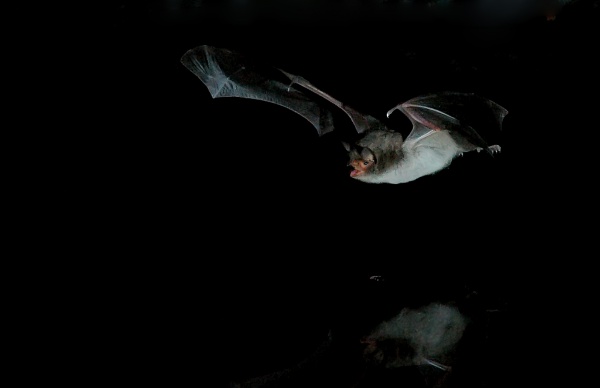Facts About Long-fingered bat
The long-fingered bat is a fascinating species native to the coastal regions surrounding the Mediterranean Sea and parts of western Iran. Unfortunately, its population has been declining, leading to its classification as "Vulnerable" on the IUCN Red List since 1988.
This medium-sized bat is easily recognizable by its large feet, pronounced nostrils, and dark grey fur. It typically inhabits wetlands and caves at altitudes up to 900 meters above sea level, spanning North Africa, parts of Europe, and Asia.
These bats prefer limestone areas near water bodies. They form colonies in caves that can number up to 500 individuals. Their diet mainly consists of fish, aquatic insects, and small invertebrates, which they hunt using echolocation, particularly over water.
Reproduction occurs from August to late winter, with a gestation period of six to eight weeks. A single pup is born between mid and late June. Regrettably, the long-fingered bat faces several threats, including disturbances to their roosts, habitat alterations, and pesticide exposure. Tourism and habitat disruption also pose significant risks.
To protect these bats, various conservation efforts have been initiated. These include national and international legal protections under the Bonn and Bern Conventions. Practical measures, such as installing fences around colonies and improving water quality, are also being implemented to mitigate population declines. Ensuring the protection of waterways and maintaining the availability of prey near roosts are crucial steps in the conservation of the long-fingered bat.

 Serbia
Serbia